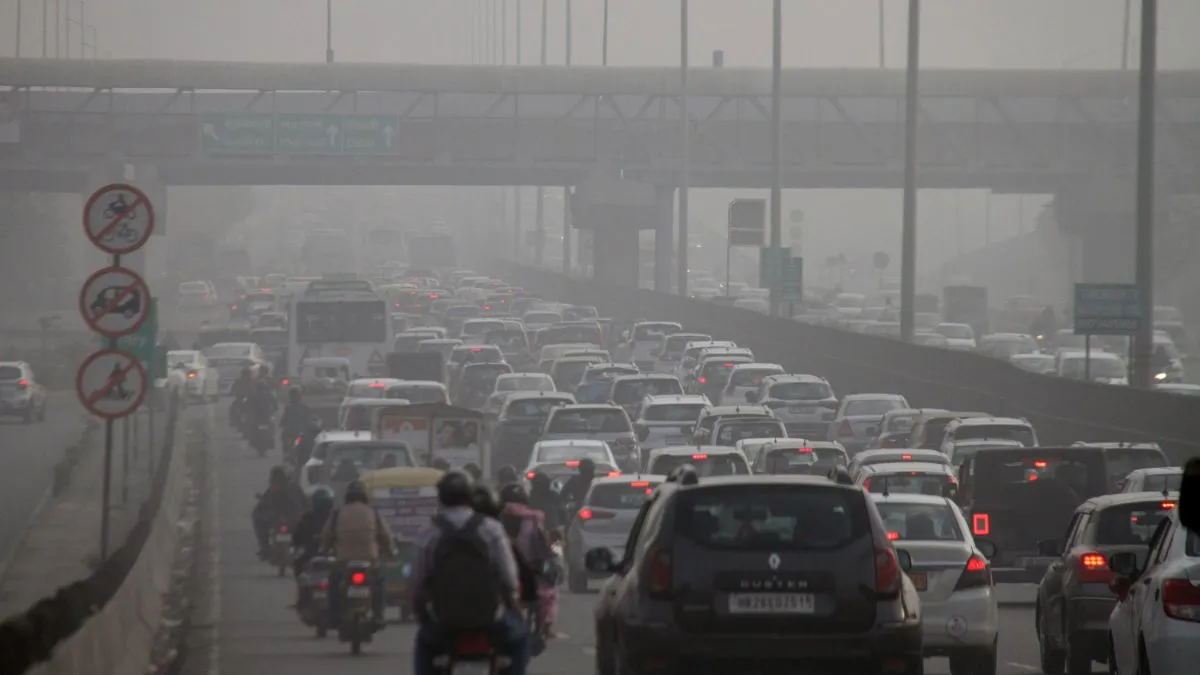Delhi’s air quality has significantly deteriorated, with several areas registering ‘very poor’ air quality, pushing the overall AQI above 290. This alarming situation necessitates immediate action to mitigate the pollution crisis and protect public health. The increase in pollution levels is attributed to various factors, including vehicular emissions, industrial activities, and seasonal changes. The rising AQI poses a significant threat to the health of Delhi’s residents, particularly vulnerable groups like children and the elderly. The urgent need for comprehensive and effective interventions is undeniable.
Worsening Air Quality and its Impacts
Current Air Quality Status
The current air quality index (AQI) in Delhi has reached alarming levels, categorized as “very poor” according to multiple monitoring stations. The overall AQI fluctuates, but several areas consistently show readings exceeding 300, indicating severe air pollution. Specific locations like Mundka reported exceptionally high AQIs, signifying a critical health hazard. This deterioration impacts all citizens but disproportionately affects vulnerable populations who lack access to quality healthcare or adequate protection from pollution. The increase in respiratory illnesses and other health problems directly linked to poor air quality places immense pressure on the healthcare system and contributes to significant economic losses.
Health Impacts of Air Pollution
Exposure to high levels of air pollutants such as particulate matter (PM2.5 and PM10) has been linked to a variety of adverse health outcomes. This includes respiratory infections, aggravated asthma, cardiovascular diseases, and increased risk of lung cancer and other chronic diseases. Children, the elderly, and individuals with pre-existing respiratory or cardiovascular conditions are particularly vulnerable to these effects. The ongoing health crisis demands swift and coordinated action to not just alleviate the immediate symptoms but to address the long-term effects of this persistent exposure. Studies have shown a significant correlation between high levels of air pollution and reduced life expectancy. This long-term health impact further highlights the gravity of the issue.
Government Response and Mitigation Strategies
Graded Response Action Plan (GRAP)
With the air quality deteriorating and approaching the threshold that triggers the Graded Response Action Plan (GRAP), Delhi is gearing up to enforce several restrictive measures to curb pollution. GRAP mandates a tiered response based on AQI levels. At the “very poor” stage, stringent actions are introduced, focusing on reducing vehicular emissions and industrial activities. The plan’s implementation involves increasing parking fees to discourage private vehicle use and encouraging the utilization of public transport. Measures like limiting the use of diesel generators, except in emergency situations, and retrofitting requirements for larger generators are also planned.
Additional Measures Taken
Besides GRAP, the Delhi government is taking further steps. Increased public transportation options such as CNG and electric buses are planned to reduce reliance on personal vehicles. Engagement with RWAs will provide assistance to provide warmth to security guards, reducing the chance of waste burning. This comprehensive approach aims to tackle the issue from various angles—limiting pollution sources and improving alternative transport options to mitigate the severe health consequences of pollution. These multi-faceted strategies illustrate a commitment to combatting air pollution on different fronts.
Long-Term Solutions and Sustainable Practices
Reducing Vehicular Emissions
One crucial aspect in reducing air pollution is effectively tackling vehicular emissions. Promoting electric vehicles, increasing the availability and reliability of public transportation, and strictly enforcing traffic rules and emissions norms will be significant strides in the long run. Regular vehicle emission checks and penalties for vehicles exceeding the emission limits are essential. Implementing robust public transportation systems and promoting the use of non-motorized modes of transport, like bicycles and walking, can further reduce congestion and vehicular pollution levels.
Industrial and Construction Regulations
Another vital strategy for mitigating air pollution is controlling industrial emissions and implementing stricter environmental regulations on construction activities. Industrial units should meet emission standards strictly, and consistent monitoring of their emissions and waste disposal processes should be mandatory. Sustainable construction practices using eco-friendly materials and pollution-controlling measures would greatly impact long-term air quality improvement. The development of cleaner energy sources and transitioning towards renewable energy resources will also play a pivotal role in ensuring lasting pollution control.
Take Away Points:
- Delhi’s air quality remains critically poor, posing significant health risks.
- The government is implementing GRAP and other measures to control pollution.
- Long-term solutions necessitate a comprehensive approach involving vehicular emission control, industrial regulations, and promoting sustainable practices.
- Public participation and awareness are crucial for achieving sustainable improvements in air quality.
- Continuous monitoring, strict enforcement of regulations, and public cooperation are essential to address the issue effectively.









